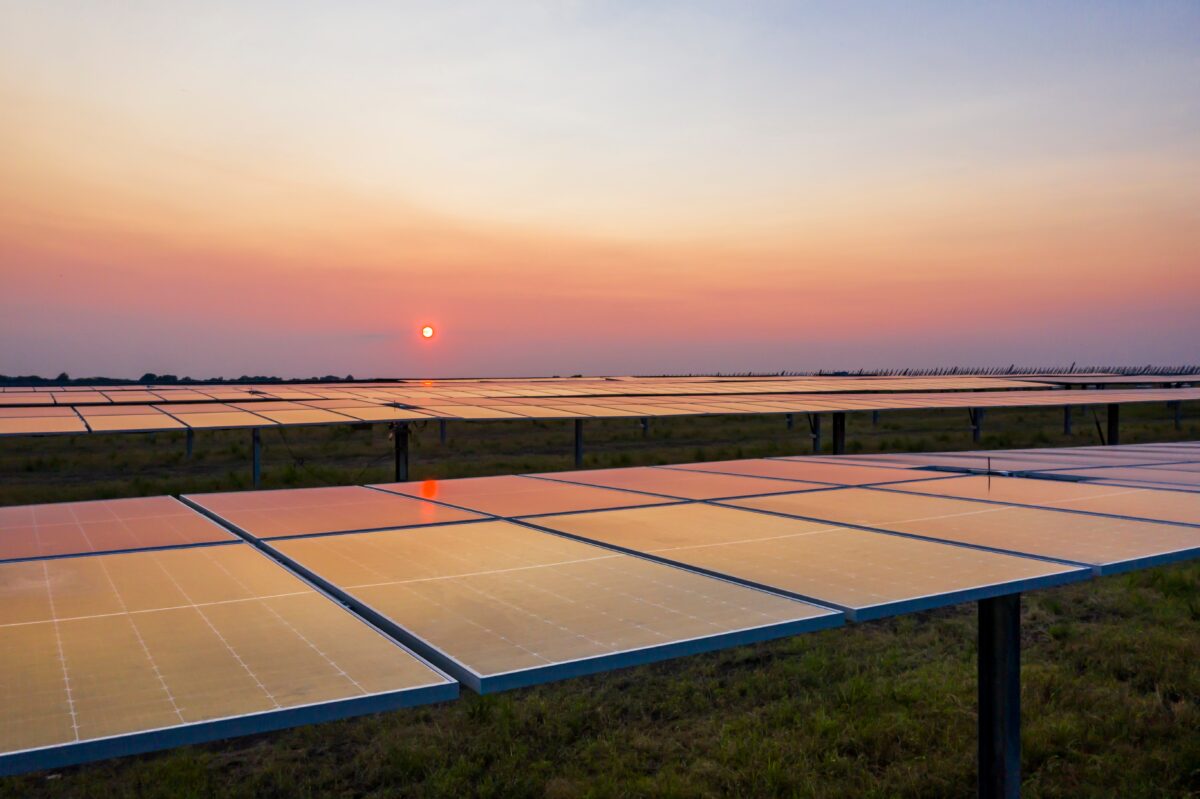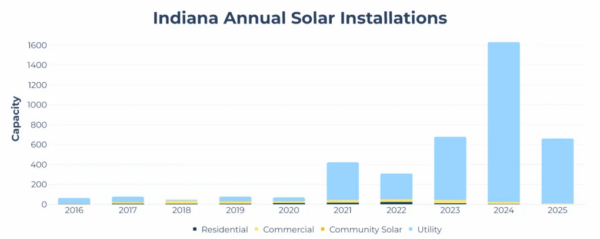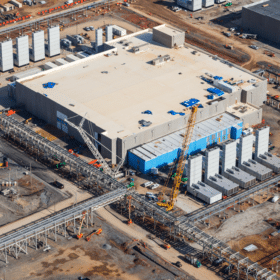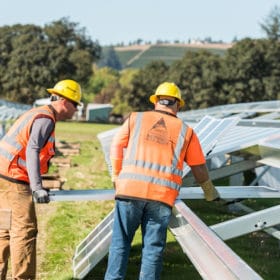Indiana added another 250 MW capacity of clean energy to its grid, with the Fairbanks Solar Energy Center commencing its commercial operations.
Located in Sullivan County, Indiana, Chicago-based Invenergy developed and constructed the project, which was acquired by Northern Indiana Public Service Company. Invenergy is expected to provide ongoing operations, maintenance and plant services for the facility.
Invenergy began the project’s development in 2017. During peak construction, the project employed nearly 275 local workers.
The facility will invest over $125 million in the local Sullivan County community throughout the project’s lifespan. According to Invenergy, the project will pay at least $125 million in property taxes to the county, lease payments to the landowners, salaries for the four full-time workers onsite, and payments for local goods and services.
Invenergy said it chose the Sullivan County project location because of its existing transmission lines, interested private landowners and low environmental impact risk.
Fairbanks Solar is Invenergy’s first of two solar projects in Sullivan County. The developer’s 200 MW Trade Post Solar Energy Center is currently under construction, which Invenergy said is planned to reach commercial operations in 2026. According to Invenergy, the Trade Post Energy Center project will generate an additional $4.6 million in economic investment for the county and provides 200 construction jobs during peak construction.
Sandwiched between solar-friendly Illinois and Ohio, a state known for public opposition to solar projects, Invenergy is not the first developer to embark in bringing repeat business to a local community in Indiana following a successful solar project’s development.
For example, the third 100 MW phase of EDP Renewable’s Riverstart project, which reached commercial operation earlier this year, was initially planned to only include two 100 MW phases. However, Tom Weirich, EDP North America’s head of stakeholder relations, told pv magazine USA that after the positive experience from the first two phases, “all sides wanted to invest more in the relationship, which resulted in this third additional phase of the Riverstart Solar Park.”
Indiana’s solar capacity has grown immensely in the past couple years. Last summer, for example, the first phase of the 1.3 GW Mammoth Solar project, one of the largest solar projects in the United States, recently became operational, adding 400 MW to Indiana’s grid. The project’s remaining three phases are expected to come online next year.
Indiana’s solar industry recently saw Singapore-based Bila Solar’s new manufacturing facility come into production, where it is making ultra-lightweight solar modules and its newly launched 550 W dual-glass conventional panels.
(Read: Global path leads to solar manufacturing in Indianapolis)
Last year, renewable energy developer RWE partnered with pure-play coal company Peabody Energy to develop up to 5.5 GW of solar assets and energy storage projects on reclaimed land previously used to mine coal in Indiana and Illinois.
While Indiana’s 3.54 GW of total installed solar capacity is the 16th highest in the country, the state’s utility solar capacity skyrocketed over the past couple years, according to data through the end of 2024 from SEIA. According to SEIA, 3.67% of the state’s electricity is from solar.
(Also read: Neighbors’ concerns drive Indiana’s clean energy regulations)
This content is protected by copyright and may not be reused. If you want to cooperate with us and would like to reuse some of our content, please contact: editors@pv-magazine.com.










As a land owner in white county I am very disappointed in the solar. My family home and farmland has been in the family for over 150 years . You have the opportunity to put this solar out west we’re there is dense population and infertile ground. Solar contaminates the productive crop land for years. If a person was to think of the damages and not their greed and to think of there fellowman Indiana has no business having solar..